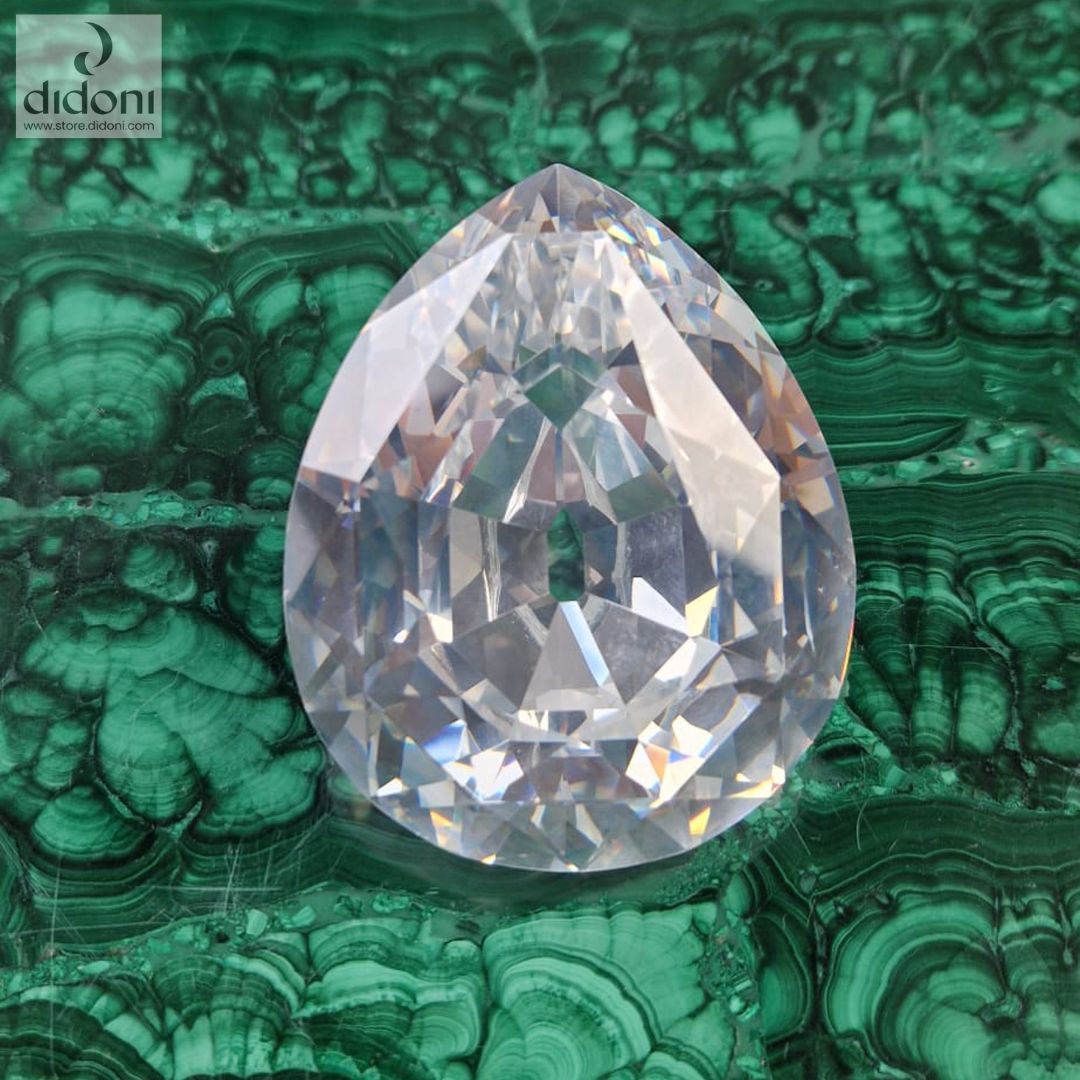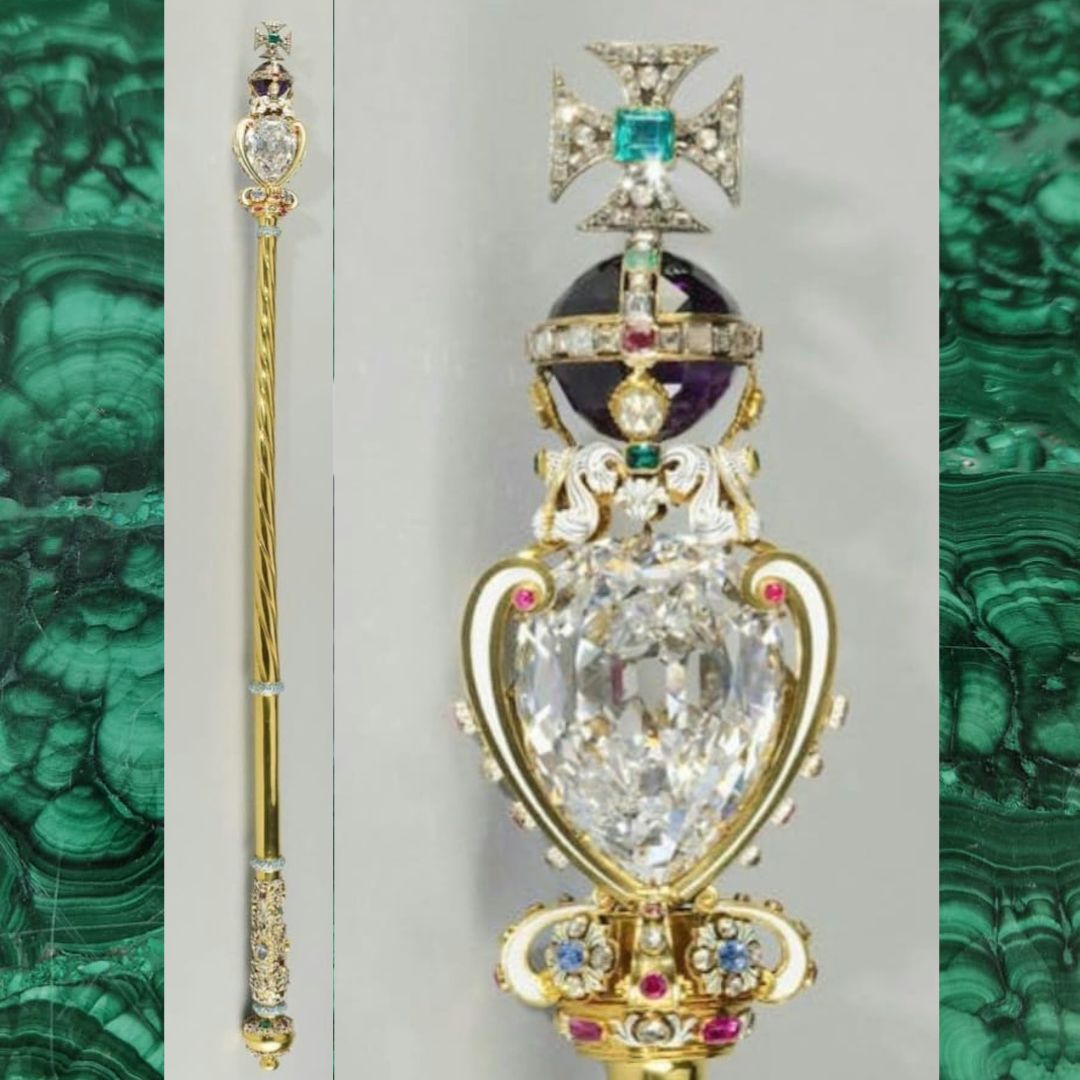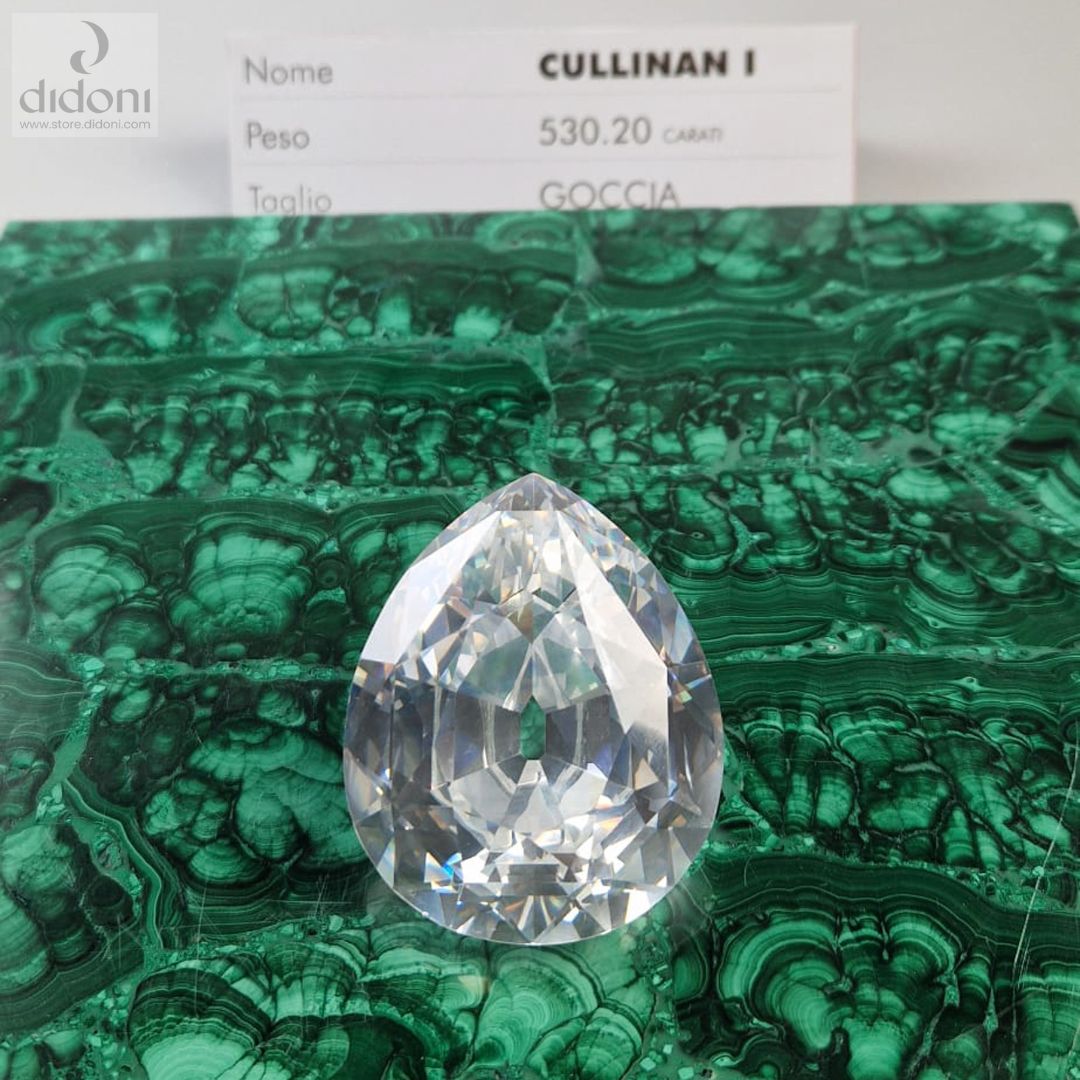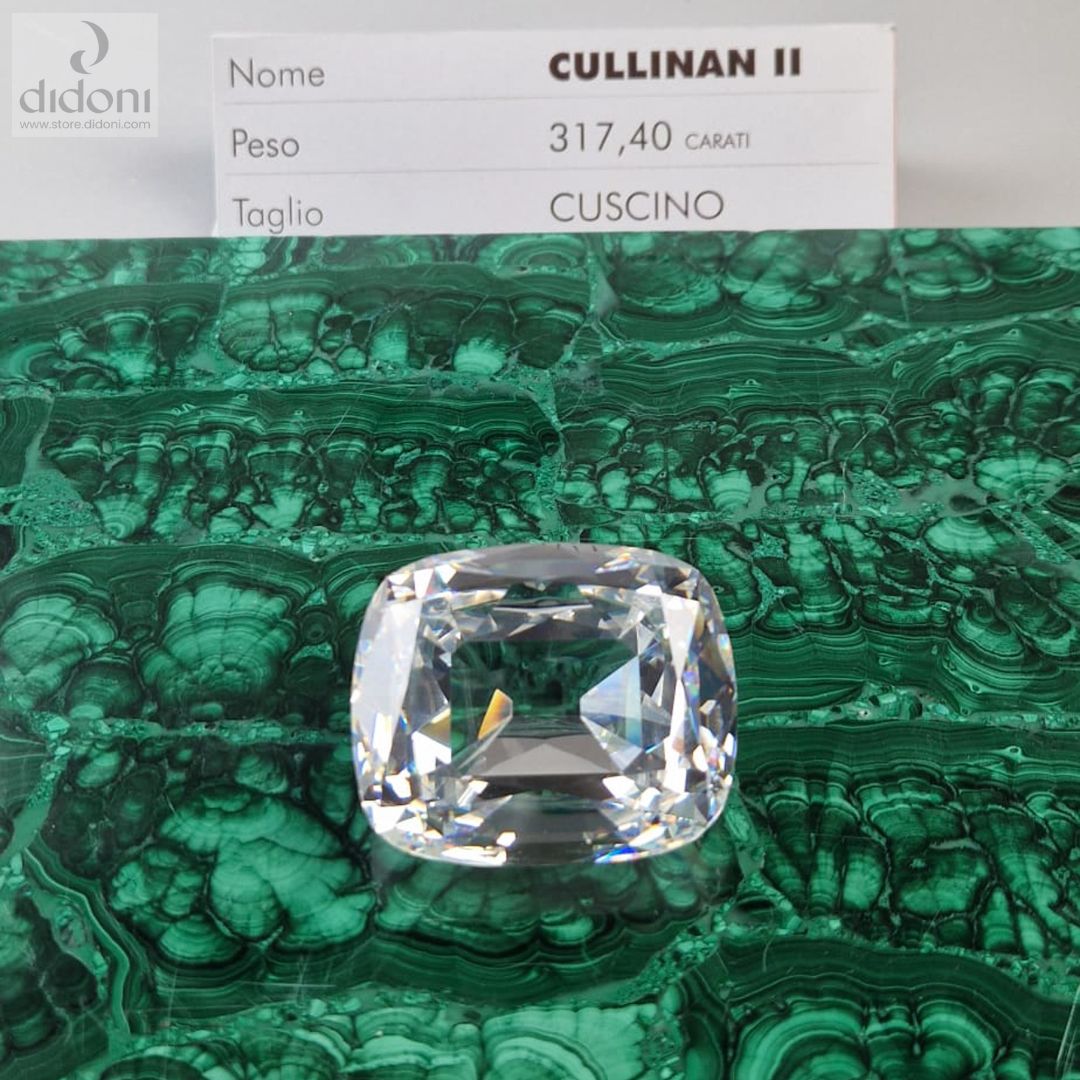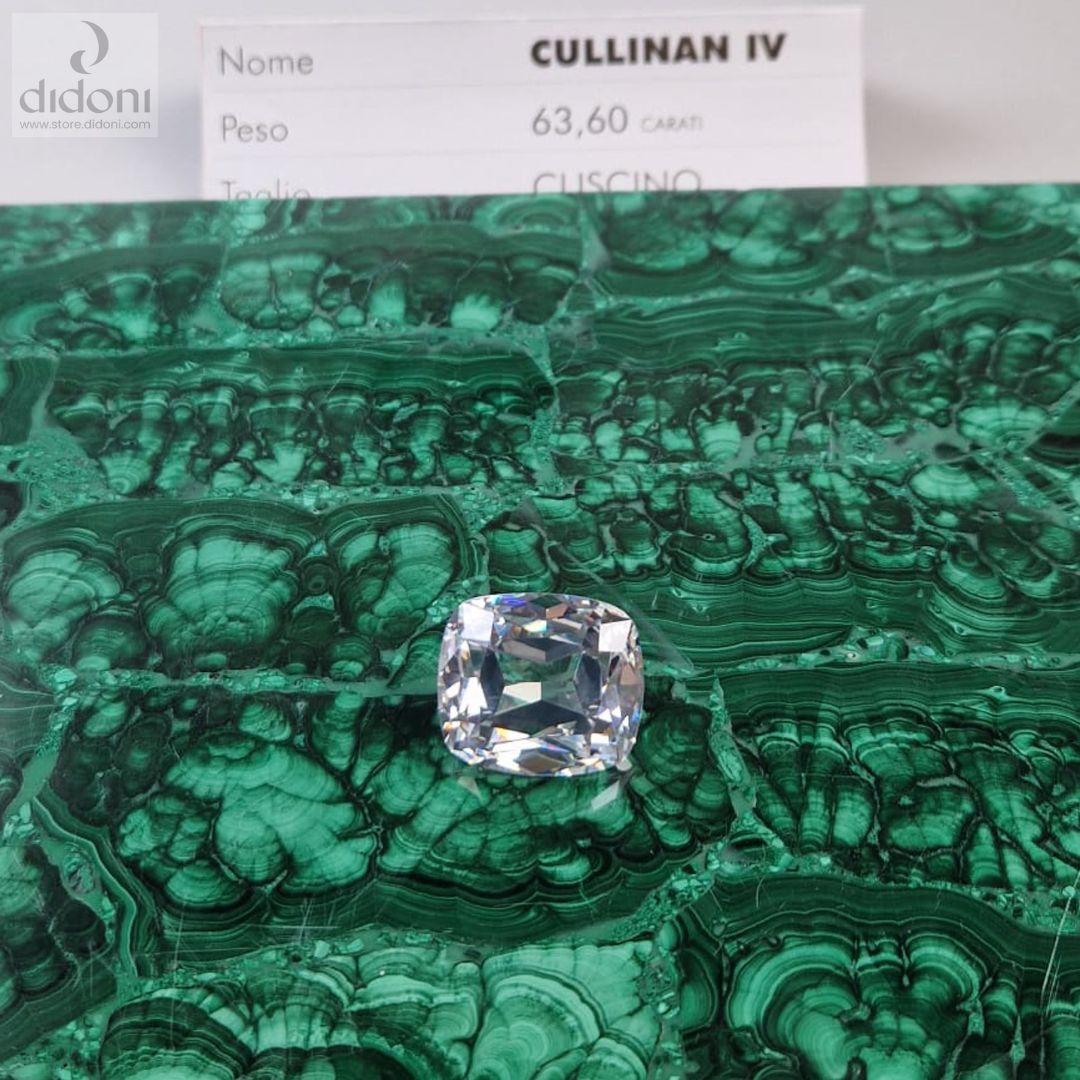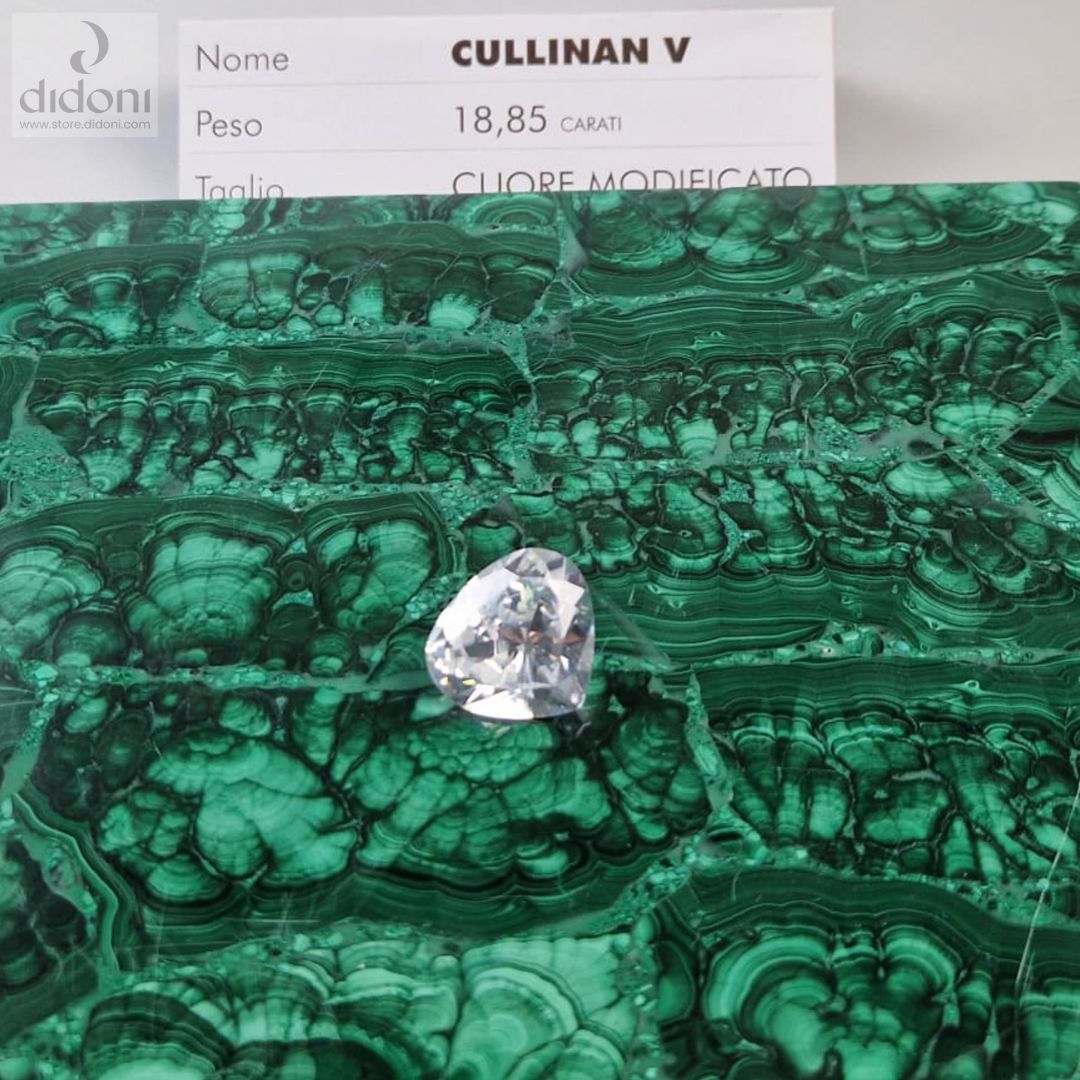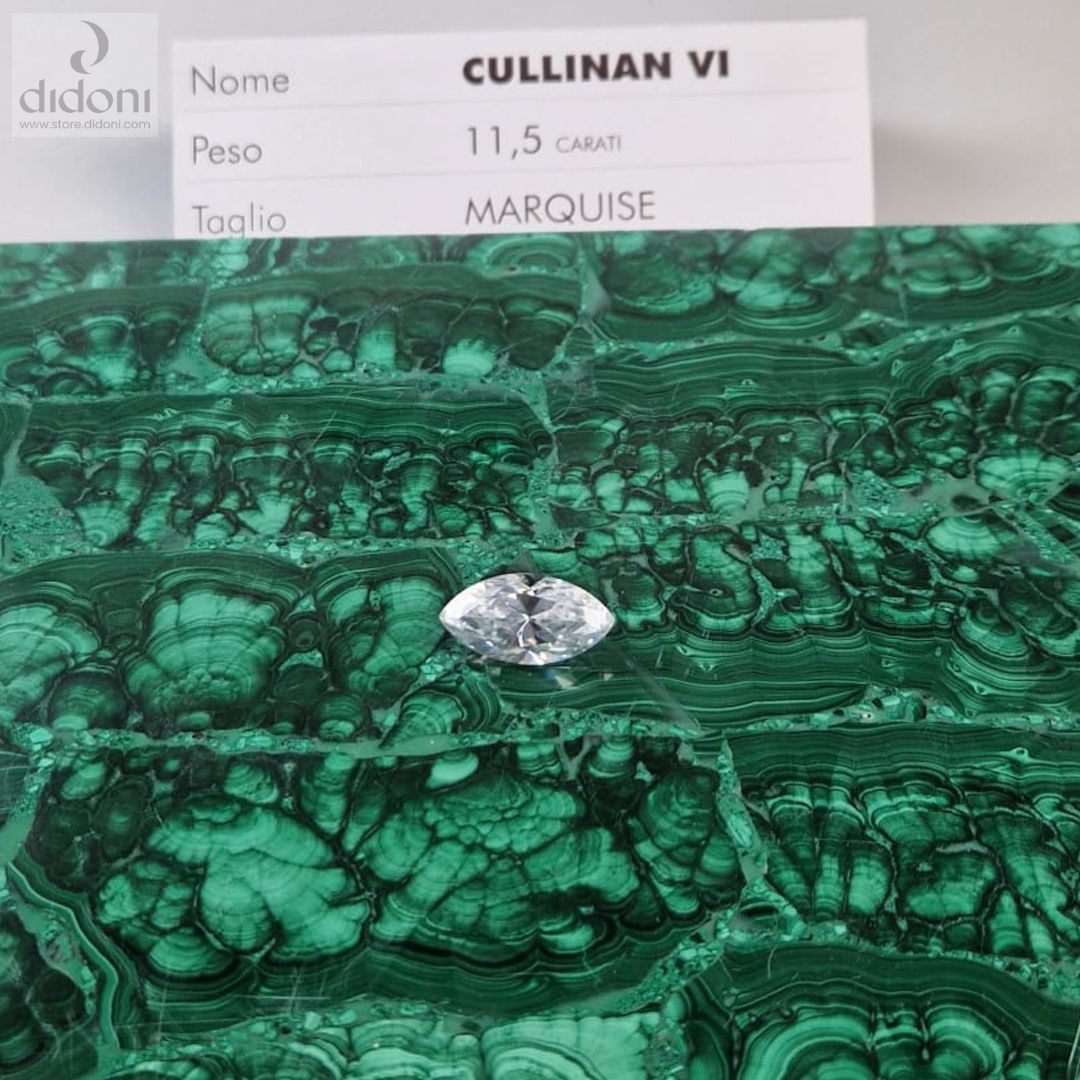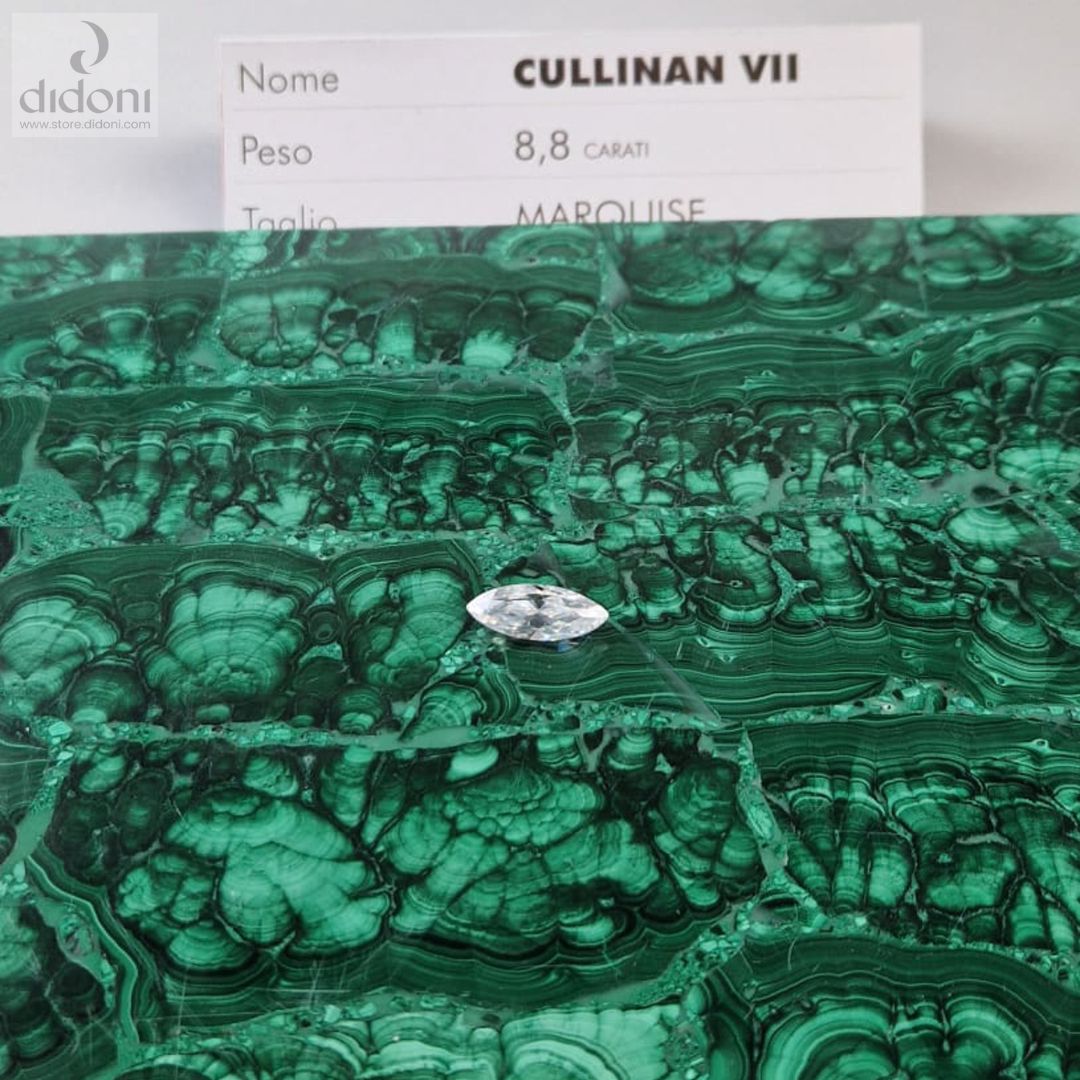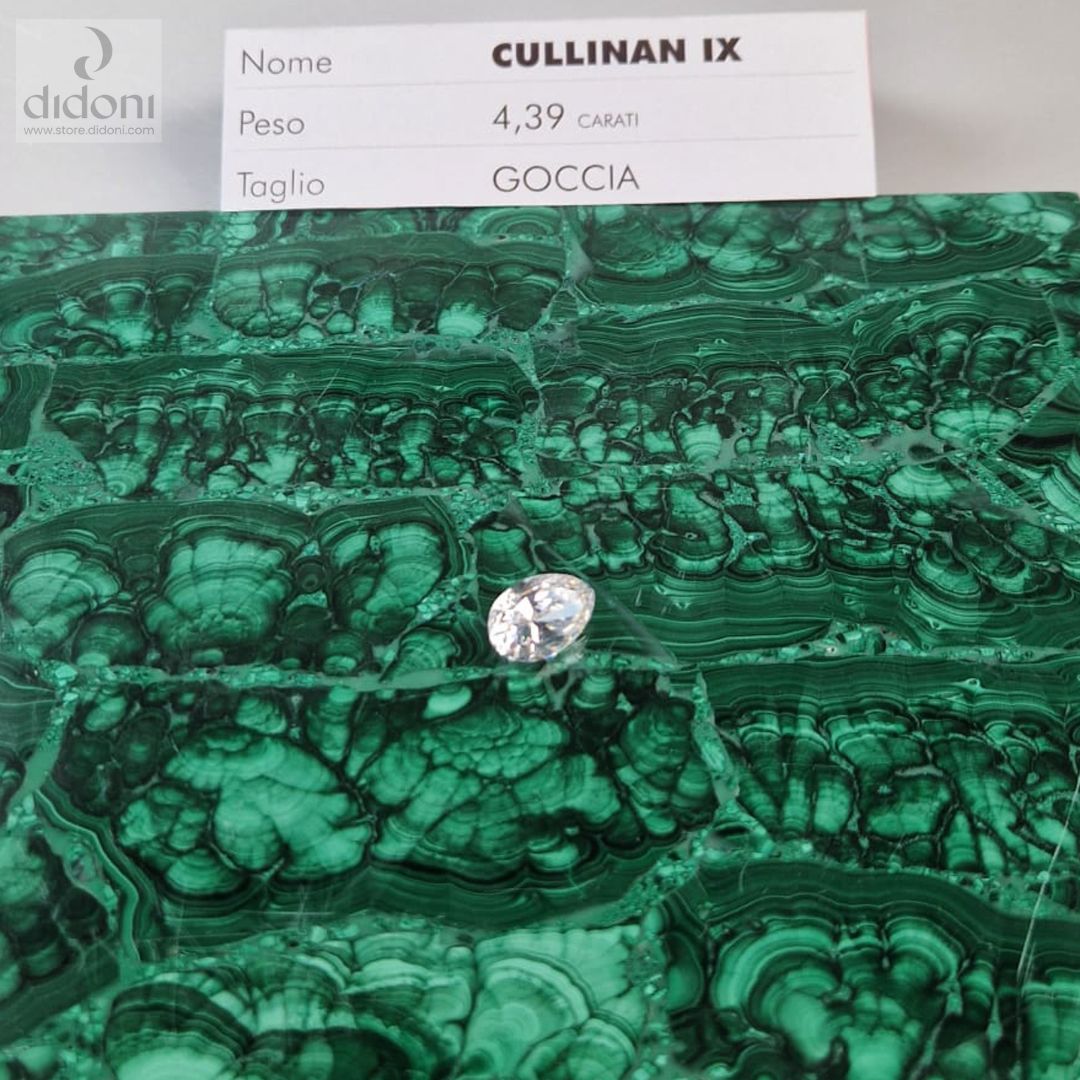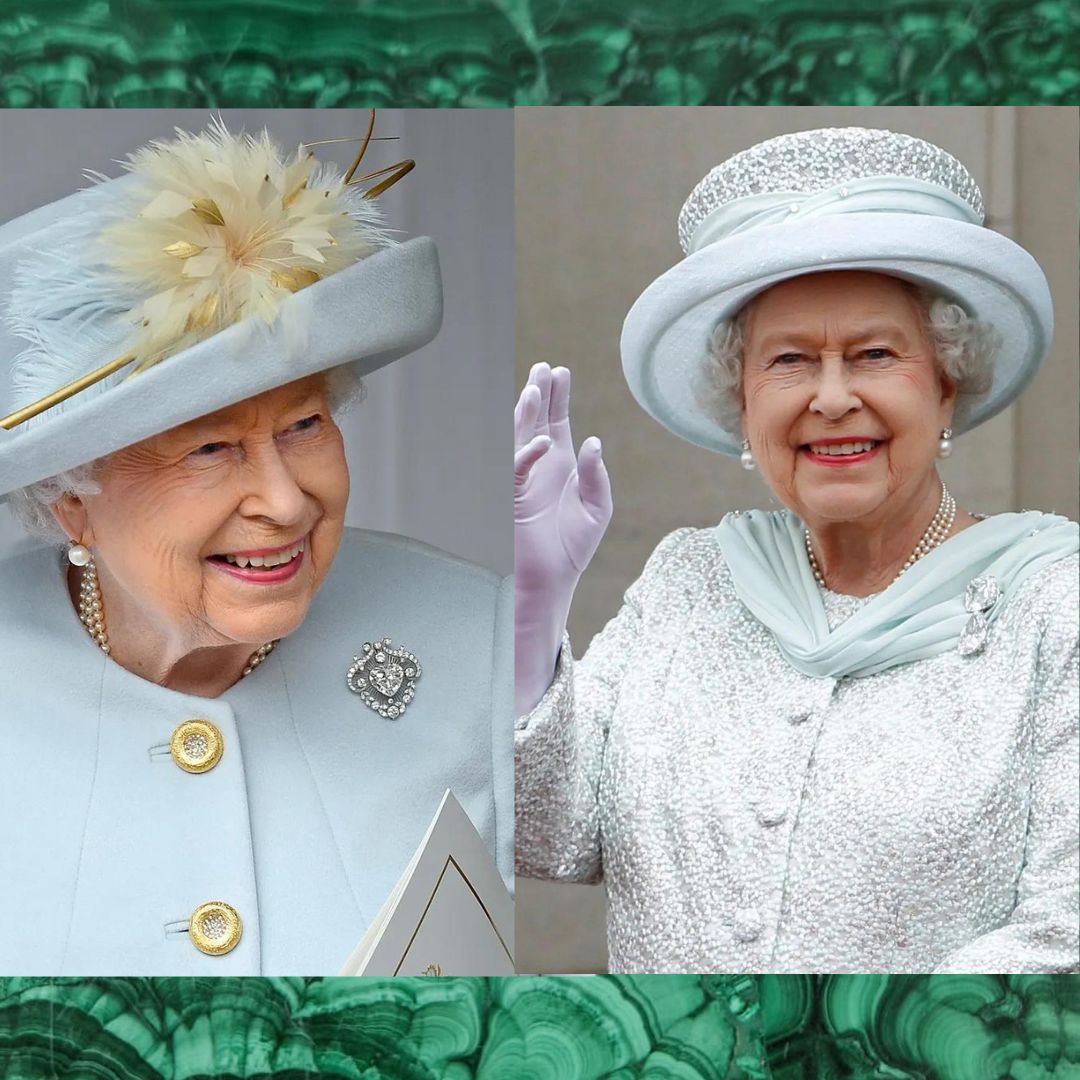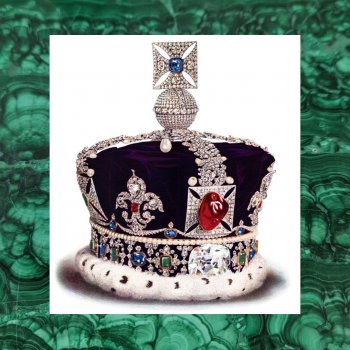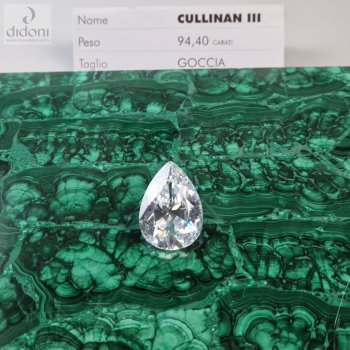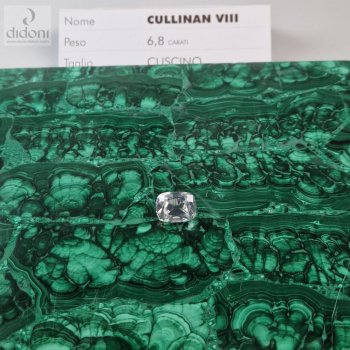Cullinan Diamond: the British Crown Treasure
Coronation of King Charles III
On May 6, Charles III was crowned king in the magnificent Westminster Abbey in London. Next to him, his consort Camilla was crowned queen. During the religious ceremony, there is the investiture phase: the king is given some objects, including the royal orb, two sceptres and obviously, the crown of Saint Edward. These royal jewels are composed of gold and precious stones such as diamonds, rubies, emeralds and sapphires. Of particular relevance is the Cullinan Diamond, also known as the Star of Africa.
The Story of the Cullinan Diamond
The Cullinan Diamond is the largest rough diamond ever found. On January 25, 1905 Fred Welles, a superintendent of the Premier Diamond mine near Pretoria-South Africa, saw a very large crystal appear which turned out to be a gigantic diamond weighing 3106 carats equal to 6 hectograms. In honor of Sir Thomas Cullinan, chairman of the mine the stone was given the name of Cullinan. Sir William Crookes, who studied it before cutting, confirmed that the stone was a beautiful diamond, very clear, with a black point in the center and with very lively colors around the black spot, which changed as the analyzer was turned. The government of Transvaal (South Africa) bought it for 150,000 pounds and donated it on November 7, 1907 to the King of England, Edward VII, as a sign of gratitude for the obtained Constitution which granted Transvaal an autonomous government. Before her voyage to England the Cullinan was insured for £1,250.00 and her transport created major problems. Police officers were posted to watch the vessel which was to carry the Cullinan; in reality the ship was carrying a fake, as the real diamond was simply sent by air parcel.
For the extremely delicate cutting operations of the Cullinan, Asscher's & Co of Amsterdam was chosen. The cut of the diamond was difficult and risky given the enormous weight; it was therefore thought that a single gem could not be made. Joseph Asscher, the cutter, spent a few months just deciding where to saw the blank and finally the diamond was engraved with a specially designed blade. Legend has it that once the blade was placed on the cleavage plane, the blade broke at the first hammer blow and the Cullinan remained unharmed. Another blade was mounted and finally the diamond split exactly as assumed by the cutter: divided into two parts weighing 2029.94 and 1,068.09 carats.
From the first part a beautiful drop-shaped diamond was obtained which was called Cullinan I, weighing 530.20 carats, from the second another beautiful rectangular diamond with rounded corners called Cullinan II weighing 317.40 carats. From the rest of the two parts, seven other stones of different cuts were obtained which kept the Cullinan name followed by a Roman numeral, plus 96 brilliant-cut diamonds for a total of 9.5 carats. The cutting operation required eight months of work, the Cullinan I and the Cullinan II are the two largest cut diamonds in the world, as well as the most perfect in terms of cut, color and clarity; absolutely free from any defects.
The 9 divisions of the rough and subsequent cut stones
The Cullinan I graces the Royal Scepter. 530.20 carats, pear cut, is the second largest cut diamond in the world;
The Cullinan II is inducted into the Imperial Crown. 317.40 carats, cushion cut, is the fourth largest cut diamond in the world;
The Cullinan III and Cullinan IV are part of the Crown Treasure, a brooch that belonged to Queen Elizabeth II.
The modified heart cut Cullinan V of 18.85 carats, originally mounted in a brooch for Queen Mary, later to be worn in her crown as a replacement for the Koh-i-Noor. This was after the Koh-i-Noor was removed to be set in the new crown made for Queen Elizabeth in 1937.
The Cullinan VI was originally given by King Edward to his wife, Queen Alexandra. It is currently mounted in a diamond and emerald necklace that belonged to Elizabeth II.
The Cullinan VII and Cullinan VIII are part of the Crown Treasure, a brooch that belonged to Queen Elizabeth II.
The Cullinan IX, pear-cut, set in a platinum-set ring, which belonged to Elizabeth II and is known as the Cullinan Ring.
Photo Gallery Didoni
In photo 9 reproductions of the Cullinan diamond made in our Didoni laboratory.
Some are hydrothermal quartz and others cubic zirconia.

